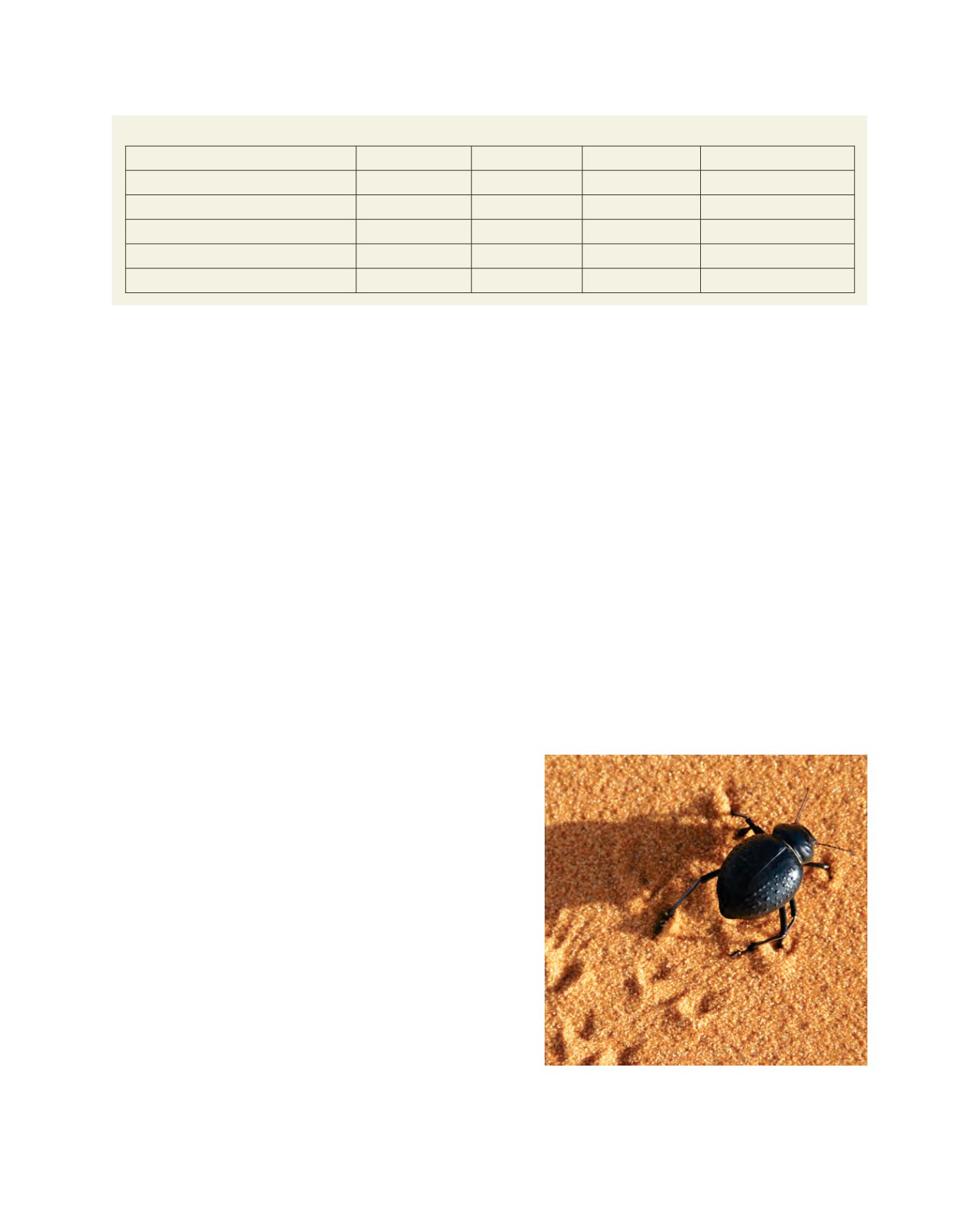

[
] 284
by very high seasonal peaks in temperature and humidity. These
conditions, combined with poor freshwater resources, pose a real
challenge to agricultural and revegetation efforts. The parties are
therefore also in the process of preparing the construction of a local
calibration station at the Qafco facilities in Qatar to provide accurate
measurements of how the technology can best be optimized to local
conditions. After the completion of the ongoing studies the goal is
for the three parties to establish a Test and Demonstration Centre
in Qatar.
In the words of Dr Dan Kammen, Chief Technical Specialist for
Renewable Energy and Energy Efficiency at The World Bank: “The
Sahara Forest Project is a pioneering project that reflects the kind
of holistic vision and solution that we need to explore so that we
can address the interconnected challenges of food, water and energy
security. It is about optimizing the whole system rather than maxi-
mizing one goal. As a result, I am very pleased to see the Qatar
project launch because it shows the project’s potential for commer-
cial partnerships to address environmental and social needs.”
5
The ongoing studies in Qatar and Jordan are performed by the
Sahara Forest Project in close cooperation with a number of part-
ners and contributors from diverse fields. The Sahara Forest Project
emphasizes a strong focus on interactions with the scientific and
business communities in the relevant countries, and promotes a
high degree of knowledge sharing between the various sectors of
expertise. In-depth knowledge on local conditions, whether they are
ecological or financial, is a key to the success of the project.
Potential for large-scale revegetation
Assuming growth in the greenhouse industry towards 2050 is similar
to its growth in the period 1995-2009, and that ten per cent of this
greenhouse industry would be part of a Sahara Forest Project facil-
ity, it is possible to see how the scheme could contribute significant
positive effects. Consider a set-up in desert areas of:
• A one-hectare saltwater-based greenhouse for the production of
tomatoes
• A 0.75-hectare CSP to make electricity for operations and export
• A 0.25-hectare CSP to power a reverse osmosis desalination
facility
• 7.5 hectares of planted
eucalyptus
.
Based on observed data of
eucalyptus
plantations
6
on latitudes
similar to the Sahara, we assume that one hectare of
eucalyptus
forest
stores 33 tons of carbon dioxide per year.
Given the assumptions above this would give rise to a yearly prof-
itable production shown in the table above.
Before establishing forests in desert areas, thorough
ecological impact assessments would be required. In
suitable areas it would be highly preferable to use a
locally adapted mixture of species. Nonetheless this
simplified model clearly demonstrates the potential for
reforestation of desert areas as well as easing the pres-
sure on existing forests.
The Sahara Forest Project could be set up in a range of
configurations based on the combination of solar thermal
technologies and technologies for evaporation of salt
water and condensation of freshwater, such as in seawa-
ter-based greenhouses. The exact set-up will be designed
to meet local needs and market demands, as well as local
meteorological and ecological conditions. Independent
of the specific design of each facility, a Sahara Forest
Project-style unit will offer a profitable way of vegetating
arid areas. A widespread deployment of such units will
lead to the establishment of considerable areas of vegeta-
tion in regions now threatened by desertification, while
at the same time producing large quantities of sustainably
produced food and clean energy.
Annual productivity forecast
Source: The Sahara Forest Project
Product
2025
2035
2050
Unit
Tomatoes
26
52
91
million tons per year
Electricity for export
73,692
147,375
257,899
gigawatt hours per year
Greenhouse jobs
566,864
1,133,654
1,983,839
employees
Salt
22
44
78
million tons per year
Carbon dioxide stored in vegetation/forests 14
28
49
million tons per year
The Namibian Fog Basking Beetle has been an inspiration to the
design of the Sahara Forest Project. The little beetle is able to harvest
moisture in the desert air by condensing water on its back then tilting
its body towards its mouth when it needs a drink
Image: Vladmir Wrangel, fotolia.com
















